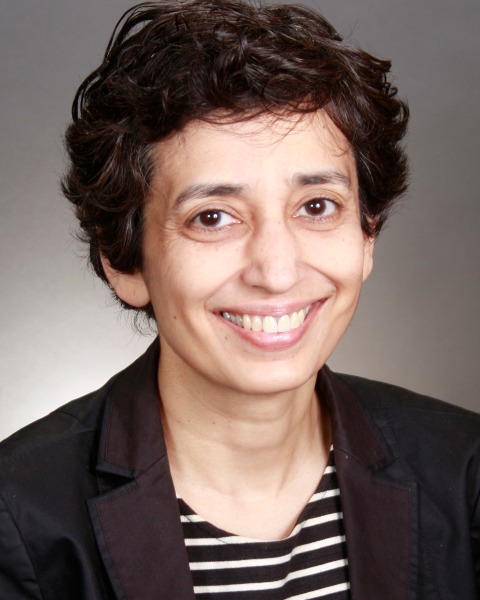Quick Fire Cases
Detection of Active Fibrosis in Hypertrophic Cardiomyopathy Monitoring Using CMR and [68Ga] FAP-2286 PET/CT Targeting Myocardial Fibroblast Activation Protein (QF_TH_052)
- YL
Yoo Jin Lee, MD
Assistant Professor
UCSF - YL
Yoo Jin Lee, MD
Assistant Professor
UCSF - MH
Miguel Hernandez Pampaloni, MD
Professor of Clin Radiology
University of California San Francisco 
Roselle Abraham, MD
Associate Professor
University of California, San Francisco- TH
Thomas Hope, MD
Professor In Residence
University of California San Francisco
Presenting Author(s)
Primary Author(s)
Co-Author(s)
A 43-year-old man with a pathogenic MYBPC3 mutation associated with Hypertrophic Cardiomyopathy (HCM) was diagnosed with non-obstructive HCM 10 years ago and has been under regular follow-up. His condition is marked by significant apical and septal hypertrophy, with Left Ventricular-Late Gadolinium Enhancement (LV-LGE) comprising 24% of the total mass, hyperdynamic cardiac function, elevated pro-BNP levels, classified as NYHA class I.
Diagnostic Techniques and Their Most Important Findings:
Cardiac MRI (CMR) sequences, including SSFP Cine, T1, T2 mapping, and PSIR, were obtained using a 3T GE MRI (Signa Premier), with contrast one year before and without contrast three months after the Cardiac PET/CT. The CMR, analyzed with Medis (Qmass®), showed unchanged septal and apical hypertrophy over 15 months, with a consistent maximal thickness of 20 mm and patchy late gadolinium enhancement (LGE) at the RV insertion sites and hypertrophied apex.
Cardiac PET/CT, performed between the CMRs, used novel tracer [68Ga] FAP-2286 to target pro-fibrotic activity. A polar plot was generated using QPS software (Cedars-Sinai). Significant radiotracer uptake was observed in the hypertrophied septum, basal to mid-RV insertion sites, and RV apex, including regions without prior LGE. The non-contrast CMR post-PET/CT showed mildly elevated native T1 (1310 ms) and borderline elevated T2 (52 ms), suggesting ongoing myocardial changes.
Learning Points from this Case:
The novel tracer [68Ga] FAP-2286, which targets fibroblast activity present in any type of scar tissue, has shown promise in oncology and is now gaining attention in cardiac research, particularly in cardiac pathologies during the repair phase following myocardial injury or infiltration. Fibroblast activation protein (FAP), expressed in activated myocardium, is emerging as an imaging target for identifying active myocardial scar formation. Theoretically, there should be no tracer uptake in a normal heart, and quiescent, mature myocardial scars are not expected to show uptake.
Unlike CMR, which primarily assesses extracellular matrix (ECM) remodeling and reflects established myocardial scar closely linked to patient prognosis, this novel imaging technique directly targets activated fibroblasts. This may offer valuable insights into the current status of chronic heart conditions, such as hypertrophic cardiomyopathy (HCM).
Additionally, T1 and T2 mapping via CMR provides supplementary data on early-stage interstitial fibrosis and myocardial edema. Both CMR-derived metrics and PET/CT radiotracer uptake offer quantifiable data. Therefore, combining these two imaging modalities could enhance the prediction of cardiac functional deterioration during follow-up, enabling more comprehensive monitoring of both established myocardial scars and active disease progression.

